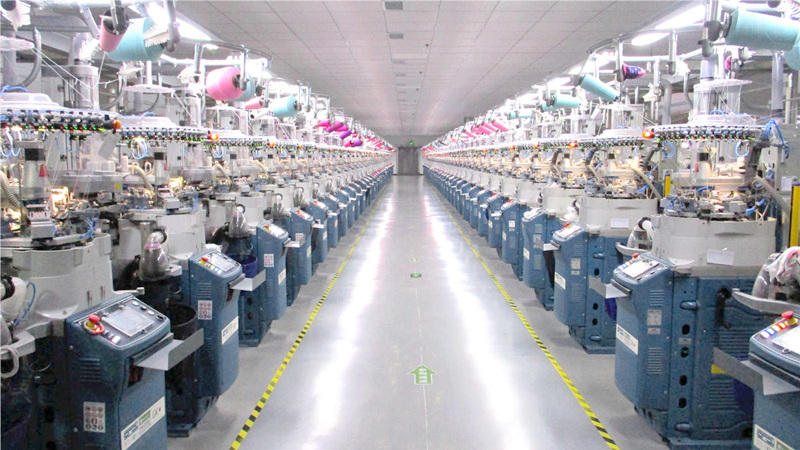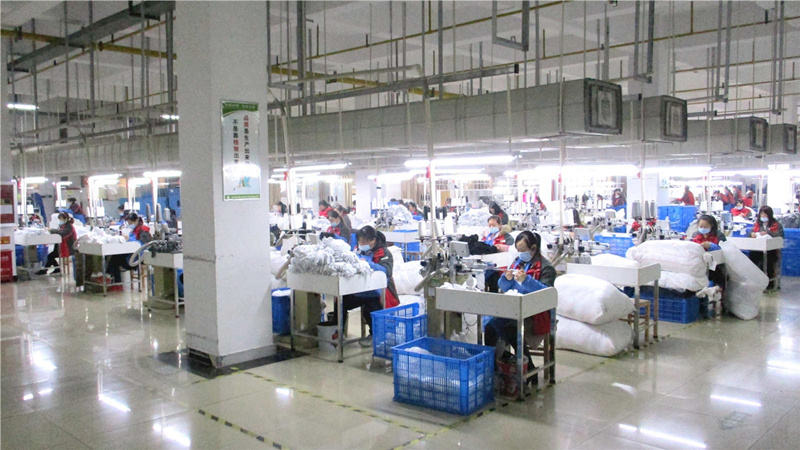Table of Contents
ToggleDetailed explanation of the production process behind the socks
Do you know that socks are a general term? According to the raw materials, there are cotton yarn socks, wool socks, silk socks and various chemical fiber socks. According to the shape, there are long socks, middle socks, short socks, etc., as well as flat mouth, rib mouth, heel, no heel, jacquard, woven flowers and other styles and varieties. How are these various socks produced? To knit a fully shaped sock, the weaving methods and processes vary depending on the type of socks and the characteristics of the hosiery machine.

Socks are shaped products. There are roughly the following forms:
1. Three-step forming
The sock is knitted on a single-needle sock machine, and the cuff is finished on a ribbing machine, and can also be lined with elastic threads or spandex ribbed cuff. Then transfer the cuff to the sock machine needle cylinder through the thorn plate, and then knit the hosiery body, heel, foot, toe and other sections. After getting off the machine is only one sock with the toe open Stockings. The socks will then be sewn by a sewing machine. It takes three different machines to weave a sock.
2. two-step forming
Knitting flat socks on the folding sock machine, it can automatically open and fold the mouth to form a flat stitch double-layer cuff, and then knit each section of the sock blank sequentially. Another kind of hosiery machine can knit jersey padded elastic or spandex false cuffs on the hosiery machine. Other machines can also weave single cuffs, double cuffs, etc., and then weaving other sections. After these kinds of socks get off the machine, they must be stitched by a sewing machine to form the completed socks. Only two machines are needed to weave a sock in this way.
The double cylinder hosiery machine has two cylinders, upper and lower. It is possible to knit ribbed socks and various parts of socks on the hosiery machine, but the seam still needs to be done after getting off the machine. This is also a two-step forming.
3. one step forming
Transferring the cuff to the needle cylinder through the thorn plate is called “linking”, and sewing the sock toe is called “seaming”. These two processes are labor-intensive, low-production efficiency, and large raw materials consumption at the same time. After technological innovation, China has developed a “single-program automatic hosiery machine” with a unique style, so that the three processes of weaving the cuff, the body, and seamng can continuously formed on one hosiery machine.



